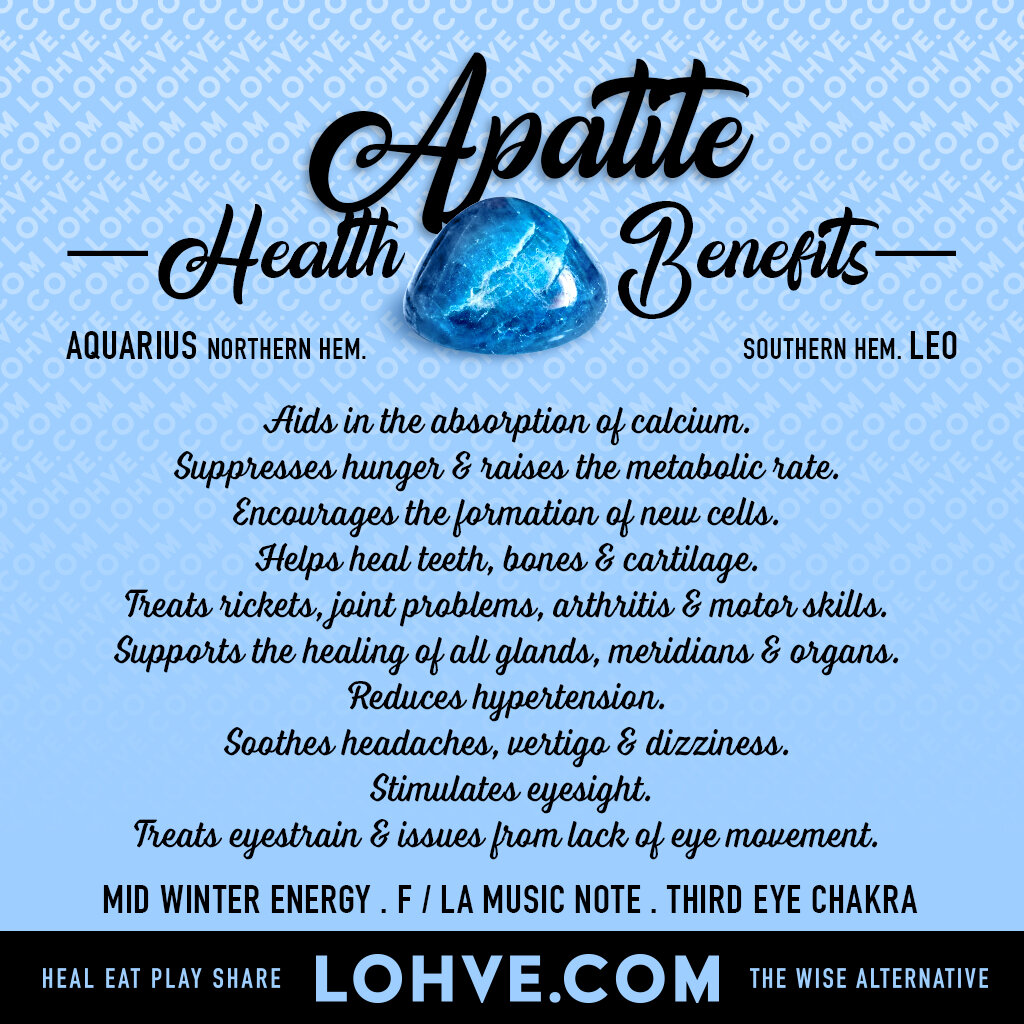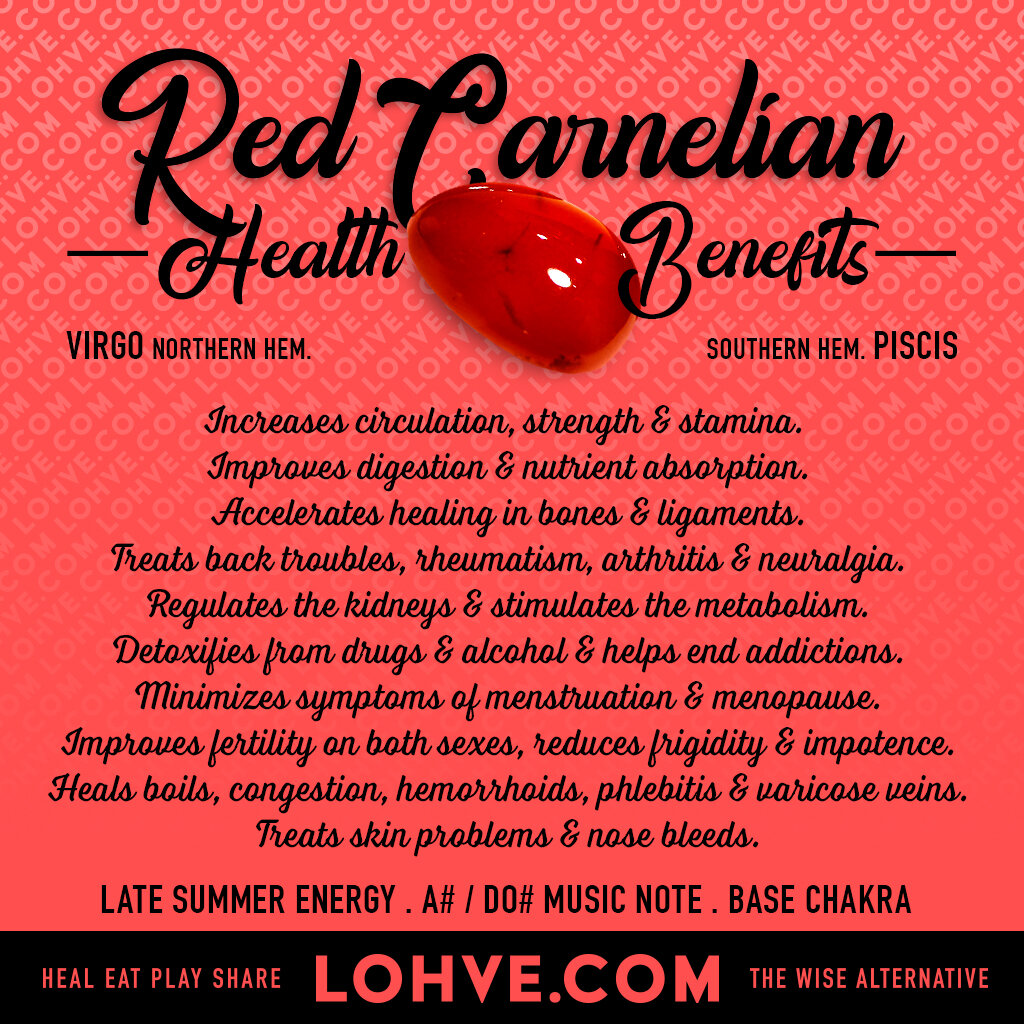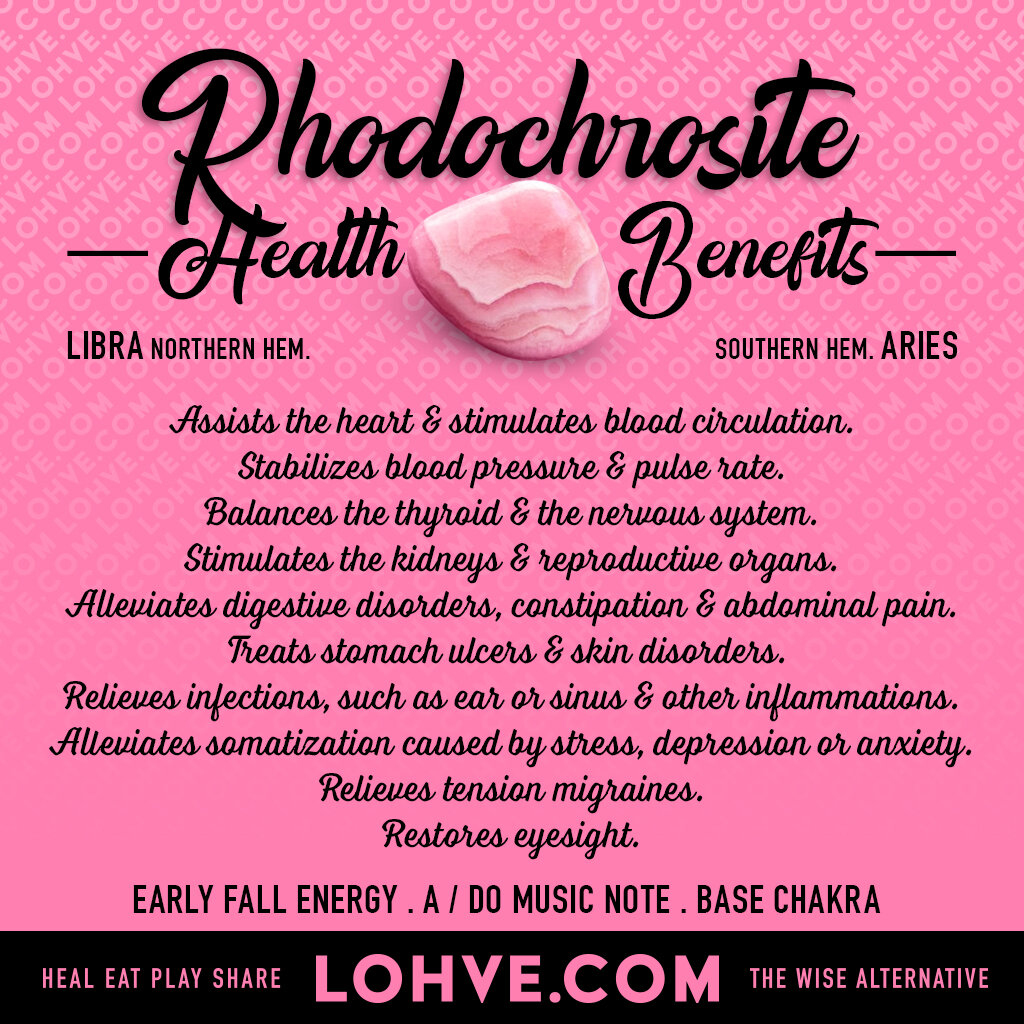
LAPIS LAZULI
CORRESPONDENCES . HISTORY . COMPOSITION . HARDNESS . HEALTH BENEFITS . COLLECTIBLE CARD . SHOP
CORRESPONDENCES
EARLY WINTER
Energy
CAPRICORN
Northern Hemisphere
CANCER
Southern Hemisphere
F# / LA#
Music Note
LAPIS LAZULI BLUE
Color
THIRD EYE
Chakra
Lapis lazuli, or lapis for short, is considered a semi-precious stone and was prized in antiquity for its intense sapphire blue color and the valuable ultramarine dye derived from it. Its name comes from the Latin lapis, “stone,” and the Persian lazhuward, “blue.” It is a metamorphic rock formed by multiple minerals, mostly Lazurite, Sodalite, Calcite and Pyrite, and is a rich medium to royal blue with gold flecks (pyrite). Lower-grade Lapis is a lighter blue with more white Calcite than gold Pyrite flecks, and is sometimes called denim Lapis.
HISTORY
As early as the 7th millennium BCE, lapis lazuli was mined in the Sar-i Sang mines, in Shortugai, and in other mines in the province of Badakhshan, in northeast Afghanistan. Lapis was highly valued by the Indus Valley Civilisation (3300–1900 BCE), and lapis beads have been found at Neolithic burials in Mehrgarh, the Caucasus, and as far away from Afghanistan as Mauritania. Lapis was the only stone used in the funeral mask of Tutankhamun (1341–1323 BCE) and can be found all over Egyptian jewelry and artifacts.
By the end of the Middle Ages, lapis lazuli began to be exported to Europe, where it was ground into powder and made into ultramarine, the finest and most expensive of all blue pigments. It was used by some of the most important artists of the Renaissance and Baroque, including Masaccio, Perugino, Titian and Vermeer, and was often reserved for the clothing of the central figures of their paintings, especially the Virgin Mary.
COMPOSITION
The most important mineral component of lapis lazuli is lazurite (25% to 40%), a feldspathoid silicate mineral. Most lapis lazuli also contains calcite (white), sodalite (blue), and pyrite (metallic yellow). Some samples of lapis lazuli contain augite, diopside, enstatite, mica, hauynite, hornblende, nosean, and sulfur-rich löllingite geyerite. Lapis lazuli usually occurs in crystalline marble as a result of contact metamorphism.
HARDNESS
Mohs Scale Hardness: 5 - 5.5
The Mohs scale of mineral hardness is a qualitative ordinal scale characterizing scratch resistance of various minerals through the ability of harder material to scratch softer material.
The Health Benefits of
Lapis Lazuli
Heals the thyroid, throat, larynx & vocal chords.
Benefits the respiratory & nervous systems.
Relieves general pain and inflammations.
Purifies blood & lowers blood pressure.
Cleanses organs, bone marrow & thymus.
Boosts the immune system.
Heals oozing or septic sties & other eye or skin infections.
Reduces bruising, heals skin problems & insect bites.
Alleviates insomnia & vertigo.
Overcomes depression.
Lapis Lazuli is beneficial to the throat, larynx, and vocal chords, and helps regulate the endocrine and thyroid glands. [Gienger, 54] It overcomes hearing loss and other problems with ear and nasal passages. [Hall, 173][Eason, 223]
Lapis Lazuli enhances circulation and improves cardiac rhythm. [Megemont, 112] It reduces vertigo and lowers blood pressure, and is thought to alleviate insomnia. [Hall, 173]
Relieve oozing or septic sties, and other eye infections, by rubbing the area with a piece of Lapis heated in warm water. Once cooled, the water can then be used for an eye bath. A Lapis heated in sunlight, reduces bruising and is good for skin problems and insect bites. [Megemont, 112]
Lapis is beneficial for women suffering from menstrual irregularities, and relieves cramps, stiffness and lumbago. [Megemont, 112] Lapis Lazuli relieves general pain and inflammations, and is especially effective against migraine headaches. It aids the nervous system and brain disorders, and is believed to help with attention-deficit, autism and Asperger’s syndrome. [Gienger, 54][Hall, 173][Eason, 223]
Save Your Card!
Seize The Benefits Of Gemstones
For ages, stones have been worn around the neck and on the body in order to promote optimal physical, psychical and emotional health.










































